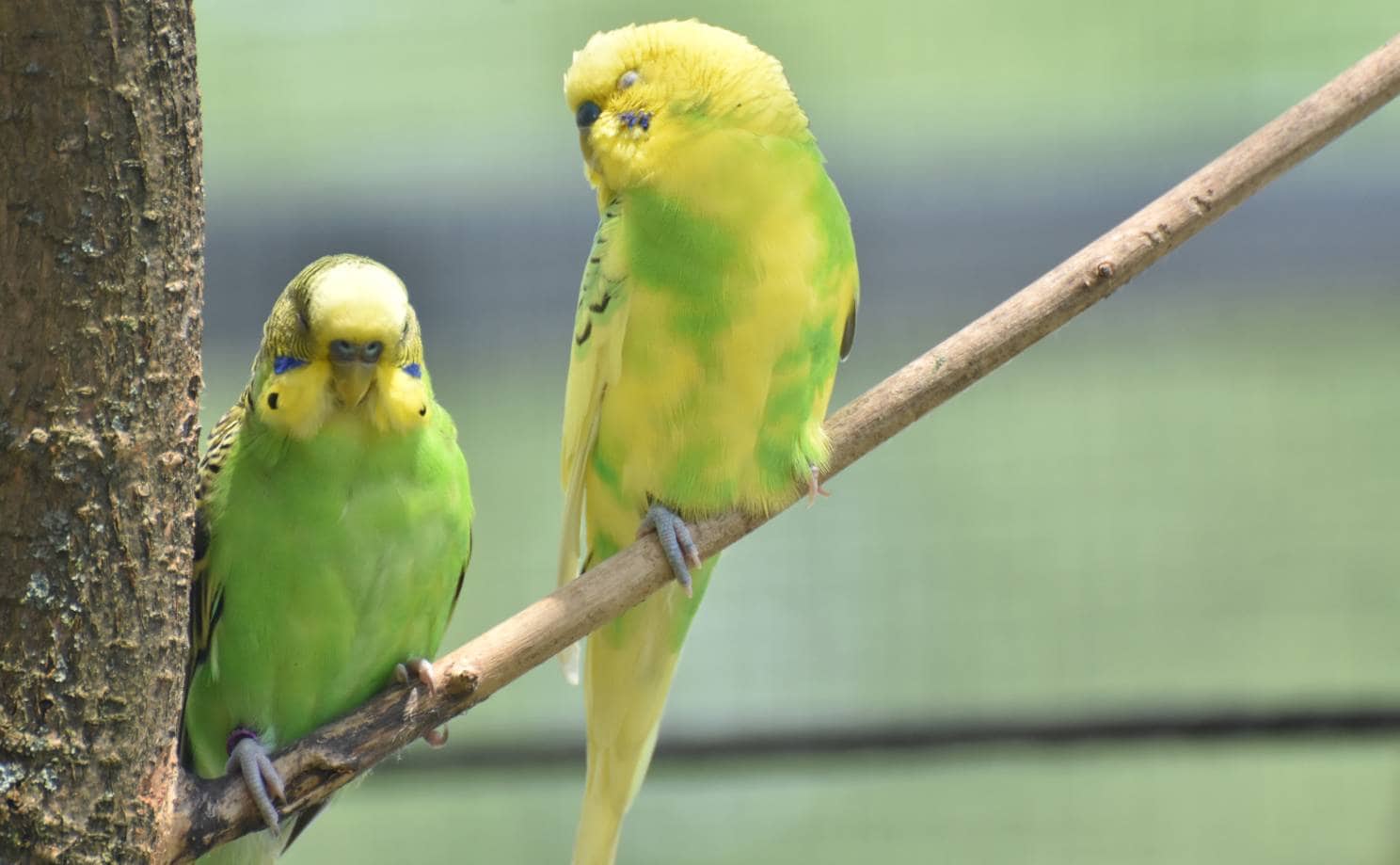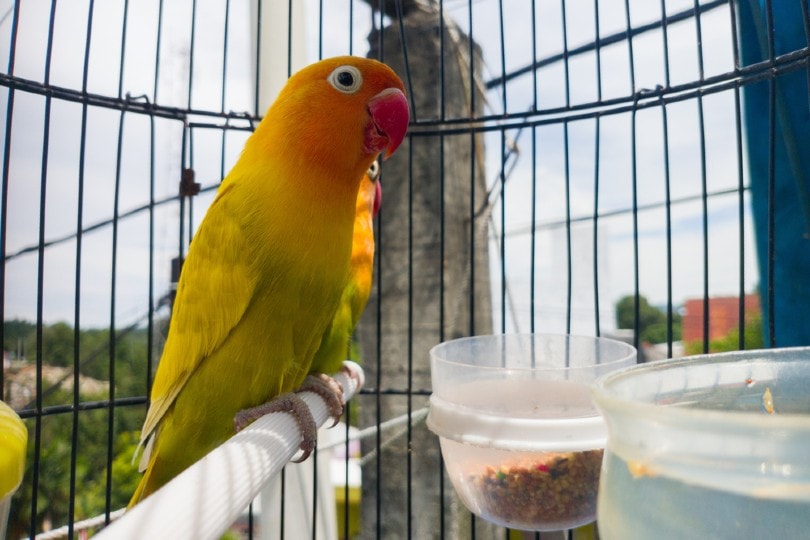
Though 5.7 million American households have birds as pets, it’s not common to see people traveling with them. If you go on many trips, you’ve likely seen people on planes with their cats in tow or people at gas stations letting their dogs out for a pee. But when was the last time you saw a bird going through security at the airport or someone letting their bird out to stretch its wings at a rest stop?
As a bird owner, there may come a time when you have to travel with your bird. But, since it’s so uncommon, finding tips online or in books for traveling with avian family members can be challenging. That’s why we’ve created this comprehensive guide for a safe and successful trip with your feathered friend.
Keep reading to learn everything you need to know before embarking on an adventure with your pet bird.

Airline Travel With a Bird
Airlines have different regulations for allowing birds to travel. Reach out directly to the company you’re flying with to determine their policies so you know what bird species are allowable, what your fees will be, and everything else you need to know before bringing your pet on board. Please note that not all airlines will allow birds to fly, so do your research before booking your flights.( Especially as this information is subject to frequent changes in airline policy.)
For example, Delta currently will allow small birds to travel in the cabin for a one-way fee. However, they must fit in a carrier that can fit under the seat in front of you. Delta only allows birds on domestic flights, excluding Hawaii, Puerto Rico, Guam, and the U.S. Virgin Islands.
In 2019, United Airlines banned birds and rabbits on board commercial flights.
Southwest Airlines only allows cats and dogs in the cabin on domestic flights.
Tips for Booking Air Travel
Since flying with a bird is a vastly different experience than driving with one, there are some unique considerations you should think about when booking your flights.
First, you should aim to book a direct and non-stop flight if possible. This will eliminate the additional stress that layovers, boarding, and deplaning may cause your bird.
Try to reserve a window or middle seat. This will prevent your pet from being startled by all the traffic in the aisle.
If the weather is looking shifty, consider rebooking. Poor weather can cause flight delays, cancellations, or horrible turbulence, so it’s in your best interest to rebook when the weather looks like it will cooperate. Holidays or times of threatened labor strikes are also poor times to travel as delays and cancellations are more likely.

The 12 Tips for Safe Travel With Your Bird
Flying or driving with your bird can be extremely daunting. As a bird owner, you know how loud they can get if they’re stressed, anxious, or annoyed. The last thing you want is to listen to your bird’s stressed-out screeching for hours or frustrate everyone on your flight with your pet’s constant screaming. So here are some tips for safe (and stress-free) trips with your bird.
1. Use a Comfortable and Secure Cage
Your bird’s travel cage needs to be airline-approved and meet the dimensions set forth by the airline. If you’re traveling by car, you can still use an airline-approved cage, but you will likely have more space to work with in your vehicle so you can opt for something larger.
There are several things to keep in mind when shopping for your travel cage:
If traveling in a vehicle, secure the cage with a seat belt and place it in the backseat. The passenger seat is often equipped with airbags which can cause injury in a car crash.
Don’t hang any large hanging toys in the travel cage as they may start swinging with the motion of the plane or car and cause injury.
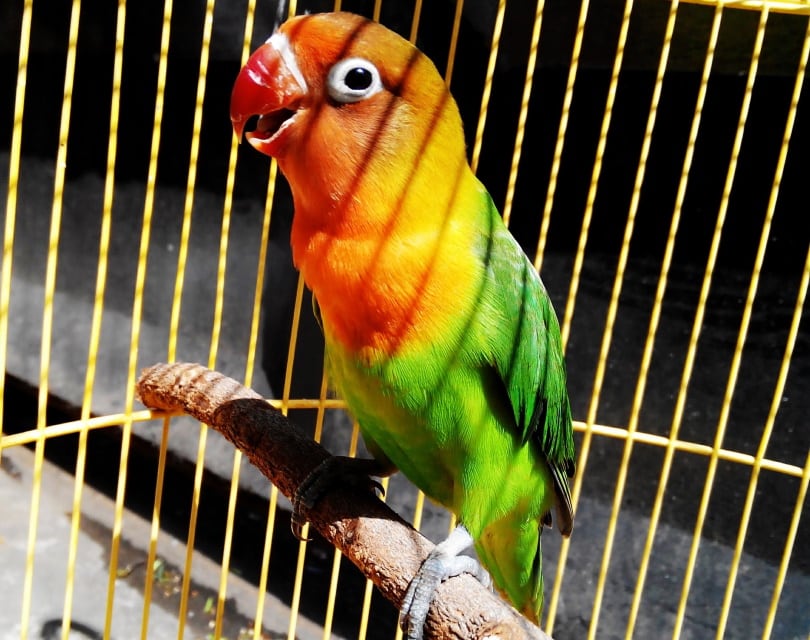
2. Do Test Runs
Get your bird acquainted with its travel cage well before you leave for your trip. You want it to feel like the travel cage is its second home when you’re on the road or in the air. You don’t want it to associate its travel carrier with fear, so don’t try to force it into the cage. Instead, leave it open during playtime and let your bird decide if and when it’s ready to explore the carrier. You can encourage them to check out the cage by using treats as a bribe so your pet will equate its carrier with positive things.
If you are traveling by road, you should also do some test runs in your vehicle. Once your bird is acquainted with its cage, try taking it for short trips around the block to gauge how well it does in the car. Once it can do a few blocks easily, make each subsequent test run a bit longer so your bird can get used to the sensation of being in a moving vehicle for longer periods.
3. Bring the Right Accessories
Your bird is a creature of habit; any type of travel, be it by car or plane, is likely to upset your pet. Bringing the right accessories can reduce some of the stress your bird will encounter while traveling.
Pack your bird’s favorite treats and one or two of its favorite toys. Don’t bring a brand new toy on your trip, as your pet will want something familiar for comfort.
Line the bottom of the travel cage with absorbent towels to soak up any waste your bird creates.
Use car window shades to keep the sun off your bird’s cage.
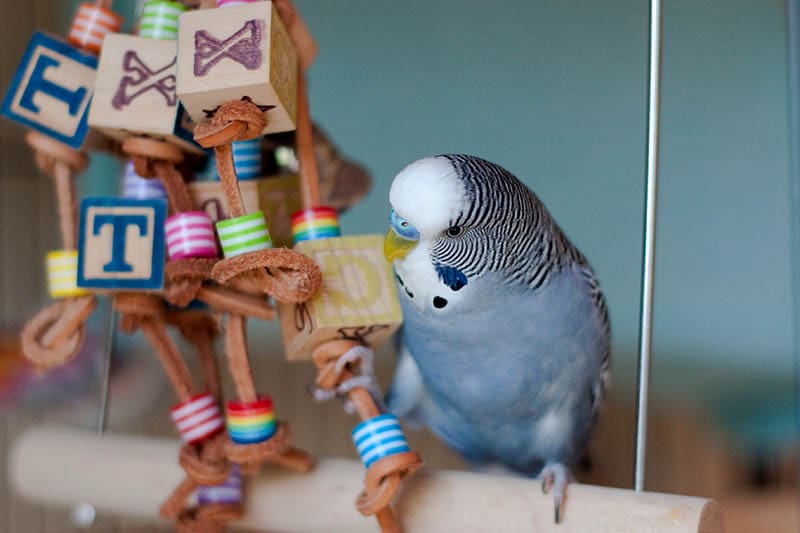
4. Never Leave Your Bird Unattended
Never leave your bird unattended in your vehicle or at the airport. This is especially true if you’re traveling in extreme weather conditions. The interior of your car will become extraordinarily hot in warmer temperatures after a few minutes.
5. Be Ready for Motion Sickness
If your bird is prone to motion sickness, bring a cage cover to reduce the visual stimuli. To ease nausea, you can also try putting ginger slices in their food or water dish before the trip.
Signs of motion sickness to be on the lookout for include:
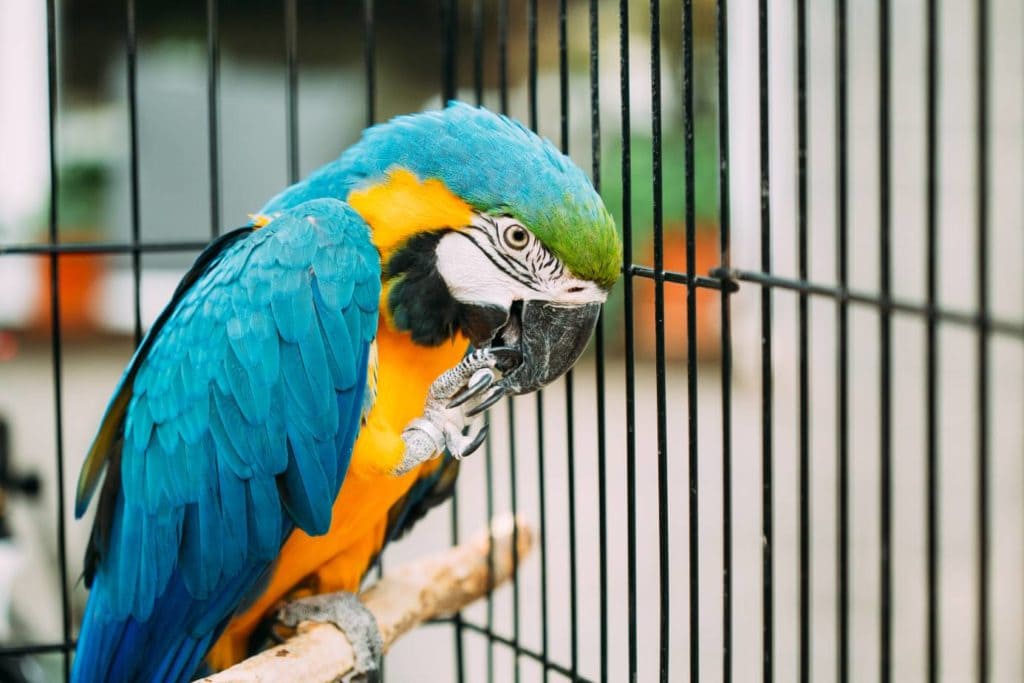
6. Be Weather Smart
Your bird is likely used to living in an environment with a controlled temperature. Recreate this atmosphere in your vehicle.
If you’re traveling in cold weather, heat your car before placing your bird’s cage inside. Conversely, cool off the vehicle before bringing your pet outside if you’re traveling in the dead of summer.
You should also be conscious of your vehicle’s temperature as you drive. Adjust the heat or air conditioning to a comfortable level, and don’t put your bird’s cage directly in front of the vents.
7. Use Calming Supplements
Before leaving for your trip, visit your avian vet and inquire about calming supplements. There are many different homeopathic remedies you can offer your bird to make their traveling experience less stressful and anxiety-inducing. You can find these supplements online, but we recommend speaking with your vet before blindly administering them. Your vet can offer their professional opinion and maybe even provide recommendations on products to try.
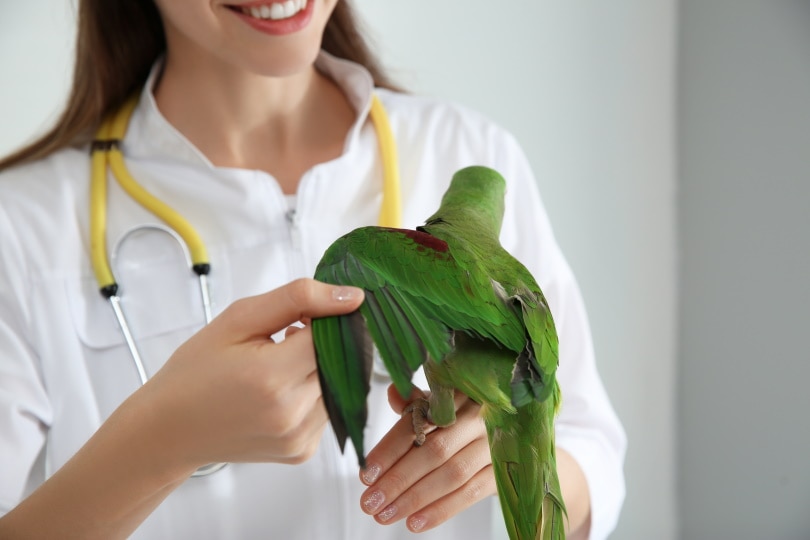
8. Stay as Calm as Possible
Traveling without pets is a stressful endeavor. When you throw your beloved animals into the mix, though, it becomes exponentially more nerve-racking. So many things can go wrong, so it’s only natural to feel a little anxious and stressed in the days and hours leading up to your trip.
Birds are very good at sensing their owners’ emotions, though. If your pet senses your anxiety, it could also begin to feel that way. It’s in both of your best interests that you stay as calm as possible so your bird can’t pick up your negative emotions.
Cut back on potentially stressful trip-related events by planning your travel as far in advance as possible to prevent any unfortunate surprises the day you leave.
9. Check In Often
Make regular stops on your road trip to check in with your bird if you cannot see them when you’re driving. Read its body language to see if it’s stressed out and ensure it has fresh food and water. If the cage is messy, give it a quick clean, too.

10. Get Back Into Routine ASAP
As soon as your traveling journey is over, try to recreate your bird’s everyday environment. If you have its regular cage with you, get your bird back inside. If you’re not traveling with its regular cage, try to recreate its normal home as much as possible.
Give it the same food you typically feed it and slowly reintroduce its favorite toys.
11. Watch For Signs of Illness
Stressed birds may be more prone to illness, so it’s essential to keep a close eye on them while you’re traveling and when you reach your destination.
If your bird begins displaying these symptoms, make an appointment with the nearest avian vet to rule out any illness.

12. Give Lots of Love
Your bird has just had an incredibly stressful experience. When you arrive at your final destination, give it lots of love and attention if that’s something you know your pet loves. Don’t be surprised if it retreats a little or isn’t as receptive to your affection as usual. Give it some time, and it will return to normal.

Final Thoughts
Traveling with a bird involves a lot of forethought and planning. Our tips above should help make the process a little easier. The key takeaway is to start preparing for your trip as far in advance as you can. The more time you have to get ready and do practice runs (if you’re traveling by car), the better prepared your bird will feel on the day of travel, and the less likely it will be that you’ll run into any significant issues.
Happy travels!
Related Reads:
- 9 Best Bird Books – Reviews & Top Picks
- How to Safely Travel With a Pet Bird in a Car: Vet Reviewed Guide
Featured Image Credit: M.Gunsyah, Shutterstock





